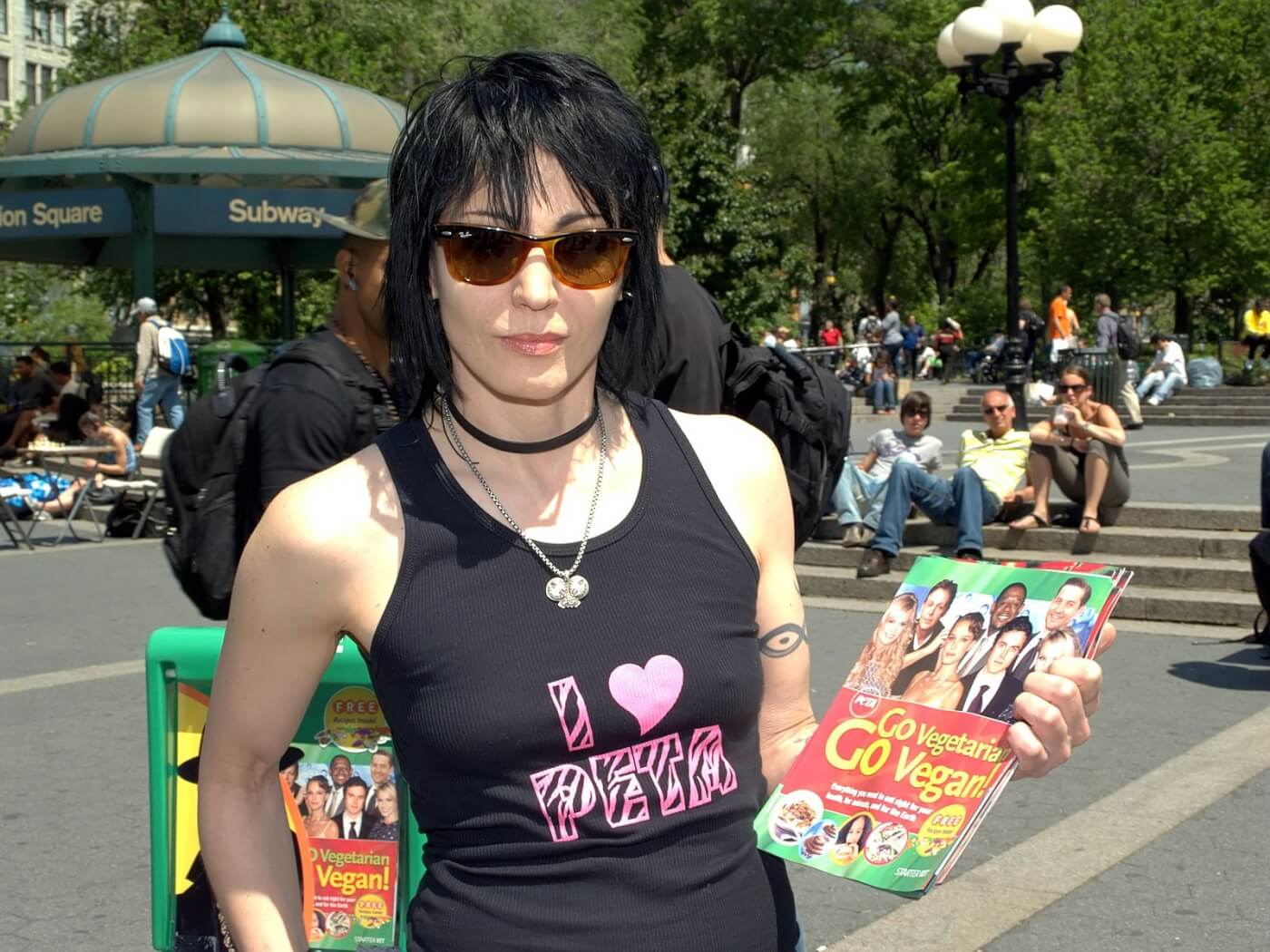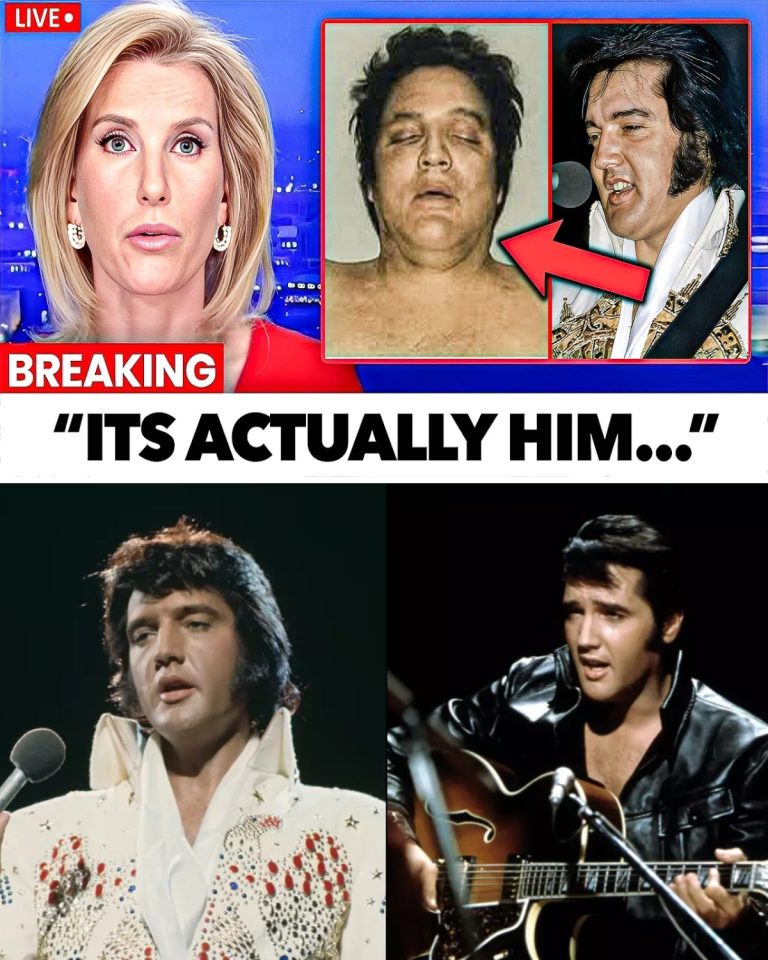Joan Jett didn’t just break the rules — she shattered the system. But behind the music, the eyeliner, and the electric guitar was a heartbreaking journey few fans truly understand. Long before she became a rock legend, before her name echoed in arenas and her hits topped the charts, Joan Marie Larkin — the girl who would become Joan Jett — was just a teenager with a dream and a guitar in a world that told her to stay quiet. Her journey to rock stardom wasn’t paved with applause. It was built on rejection, humiliation, pain, and a refusal to back down. That’s the part of the story most people never hear.
At just 15 years old, Joan Jett faced rejection after rejection — 23 record labels turned her down. Executives mocked her ambition, said “girls don’t sell records,” and one even told her to “go play with dolls.” But Jett wasn’t easily broken. She saved every rejection letter — not as a reminder of failure, but as fuel for her fire. That fire led her to co-found The Runaways, a groundbreaking all-female rock band that blasted onto the scene with a defiant energy the industry didn’t know how to handle. The media called them gimmicks. Critics called them dangerous. But the truth was, The Runaways were real — and that terrified the establishment. Fame hit fast, but so did the fallout. By 19, the band had imploded, and Jett was broke, exhausted, and nearly forgotten.
But giving up was never part of her plan. With producer Kenny Laguna, Jett formed her own label — Blackheart Records — a radical act in a time when women had virtually no power in the music industry. They sold records from the trunk of a car, drove across the country begging for airplay, and fought tooth and nail for every spin on the radio. Then, in 1982, lightning struck. “I Love Rock ’n’ Roll” hit number one and stayed there for seven weeks. The song made Joan Jett a star — not because someone handed her a shot, but because she built her own empire from scratch.
Yet even as her fame grew, Jett carried invisible scars. Depression followed her like a shadow. Substance abuse crept in. Despite being adored by millions, she often felt isolated and distrusting of those around her. Friends say she would withdraw, lost in the weight of her past. She had created a powerful public image — bold, loud, unbreakable — but behind the scenes, she was still carrying the hurt of being told, over and over again, that she didn’t belong.
But Joan Jett didn’t just survive — she thrived. Her music became a battle cry for outsiders, for girls who didn’t fit the mold, for anyone who had ever been told they were “too much” or “not enough.” She became a symbol of resistance, not just through her songs, but through her actions. She advocated fiercely for animal rights, for LGBTQ+ equality, and for women in the music industry. She didn’t just sing about rebellion — she lived it.
When she was finally inducted into the Rock and Roll Hall of Fame in 2015, it wasn’t just a win for her — it was a win for every person who had ever been laughed out of a room. On stage, she simply said, “I saved every rejection letter.” It wasn’t bitter. It was beautiful. It was a reminder that perseverance always wins, even when the world says you shouldn’t.
Today, Joan Jett is still touring with the same fire and fury that launched her career. She’s not a nostalgia act. She’s not coasting. She’s still fighting — for the music, for the message, and for every voice that refuses to be silenced. Her story is one of pain, power, and purpose. She didn’t just love rock and roll. She reshaped it. Reclaimed it. Redefined it.
Joan Jett’s story isn’t just about fame. It’s about a girl who faced every “no” the world could throw at her — and turned it into a thunderous, unapologetic YES. She is more than a rock star. She is a movement. And her legacy will continue to echo — not just through amplifiers, but through every soul that dares to fight back.





